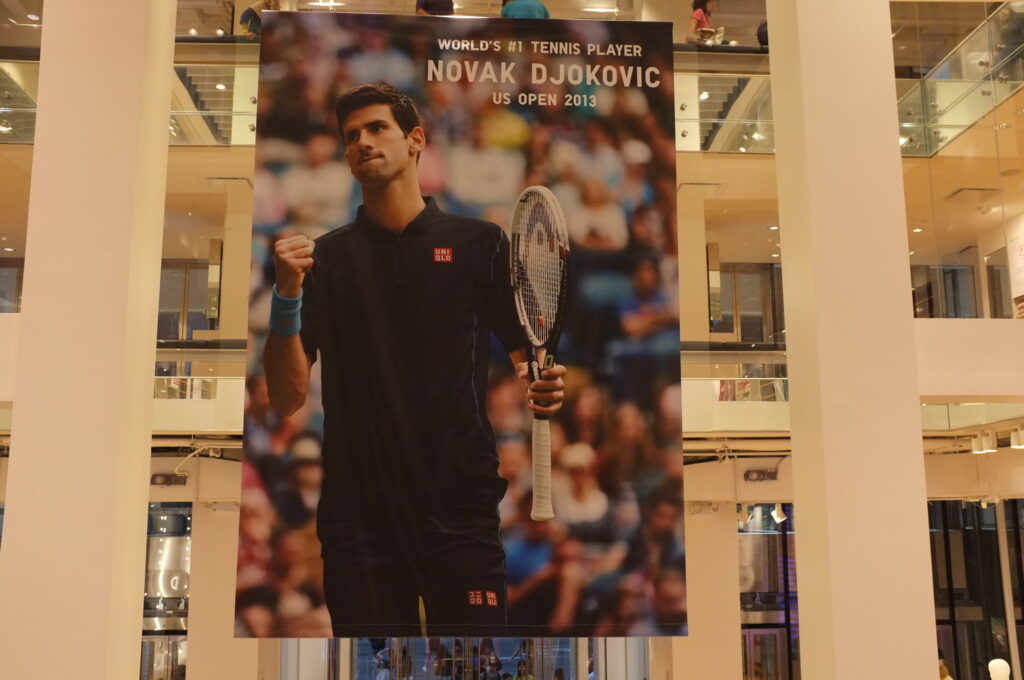It is not just about Jannik Sinner. Italian tennis is enjoying a true golden age

ROME, ITALY - 12.05.2022: Supporters J.SINNER (ITALY) during their single men round match in the Internazionali BNL D'Italia at Foro Italico in Rome, Italy on May 12, 2022.
Italy is witnessing a broader wave of talent moving up the ATP rankings. Jannik Sinner, now world No. 1 and a three-time Grand Slam champion, leads the way — but a new generation is quietly following.
One of the more notable breakthroughs this season comes from Flavio Cobolli. The 22-year-old from Rome claimed his first ATP title in Bucharest, then followed it with a more high-profile win in Hamburg, defeating Andrey Rublev in straight sets. Both victories came on clay — a surface where he is becoming increasingly dangerous. The results pushed him into the top 30 for the first time; he now sits at No. 26.
Italy has not seen this level of depth in years. Lorenzo Musetti continues to impress with classical shot-making and a one-handed backhand. Matteo Berrettini, despite recurring injuries, remains a threat on faster courts. Matteo Arnaldi is steadily climbing the rankings and has been consistently competitive against top-20 opponents. In total, seven Italian men are now ranked inside the top 50.
This is no longer a story of individual success. It reflects a system that is starting to deliver results at scale. And while “golden age” may be overstating it, Italy does appear to be entering one.

The Rome Masters final between Jannik Sinner and Carlos Alcaraz drew a combined television audience of 6 million across RAI 1 and Sky – the highest ever recorded for a tennis match in Italy. Public broadcaster RAI accounted for 4.9 million viewers and a 37.7% share, while Sky contributed a further 1.1 million (8.7%).
The record figures owe less to the sport itself than to the conditions under which it was presented. Broadcasting the match in prime time on Italy’s most accessible television channel transformed a routine ATP 1000 final into a national event. For tournament organizers and broadcasters, the lesson is clear: in a fragmented media landscape, free-to-air exposure at the right moment still delivers unmatched reach.
Cover image © Depositphotos




